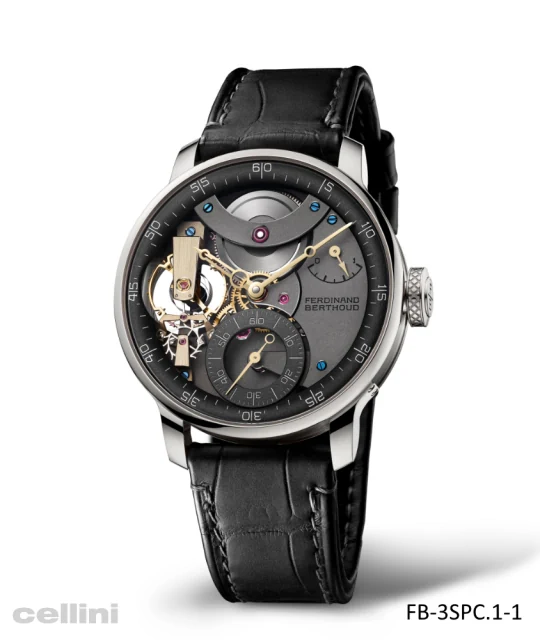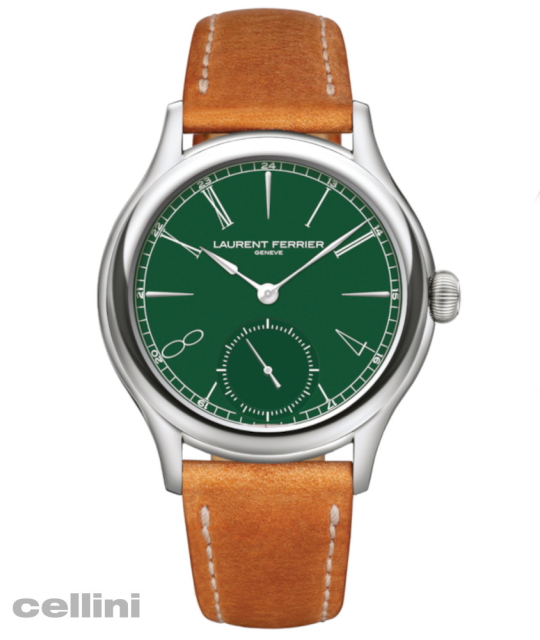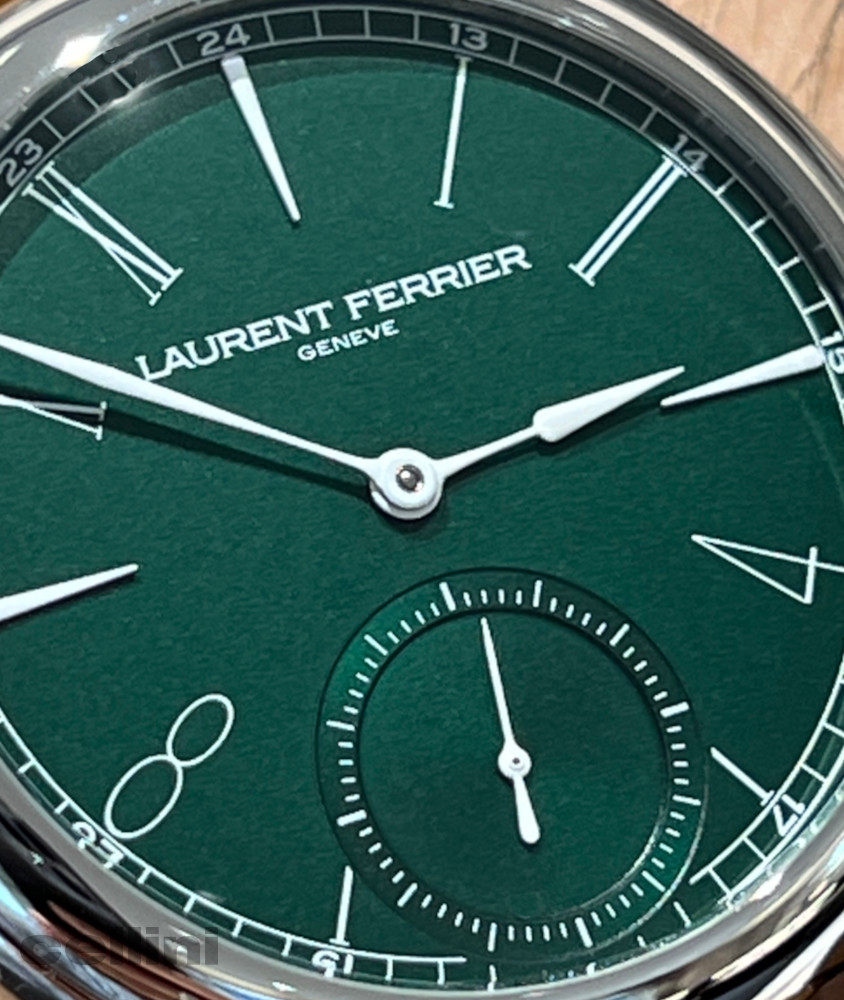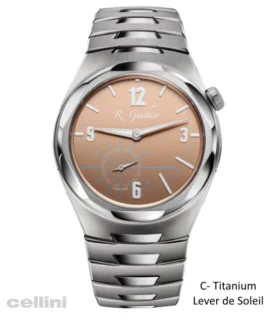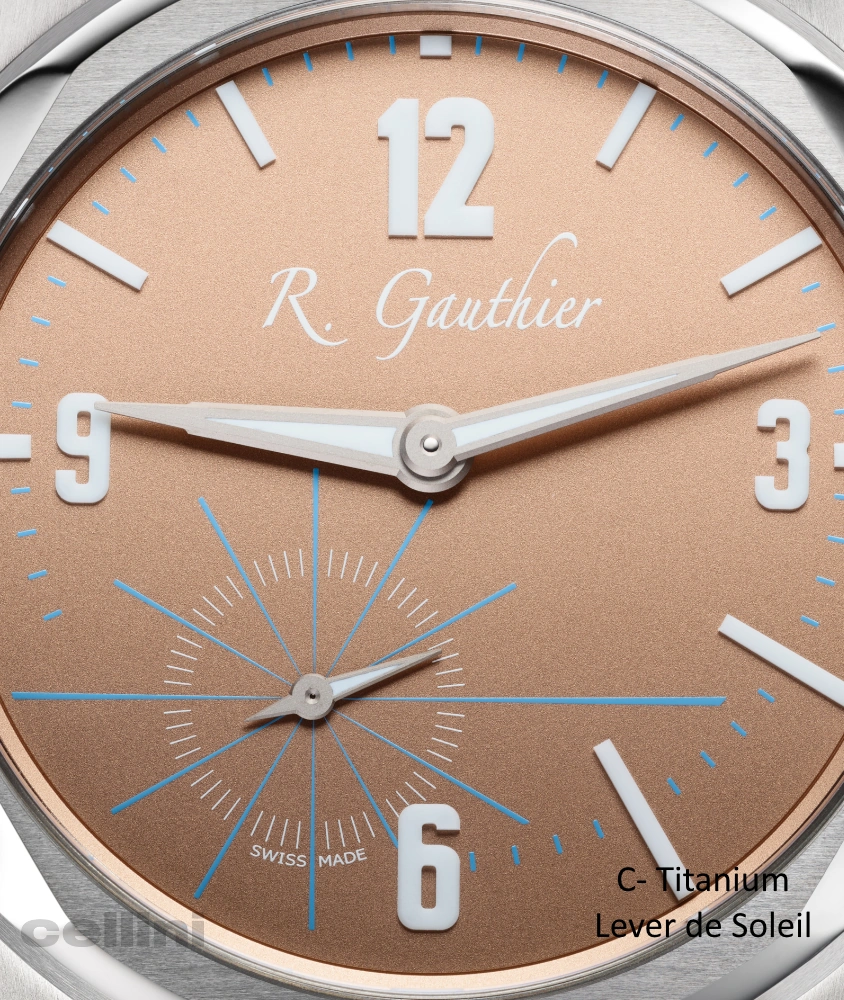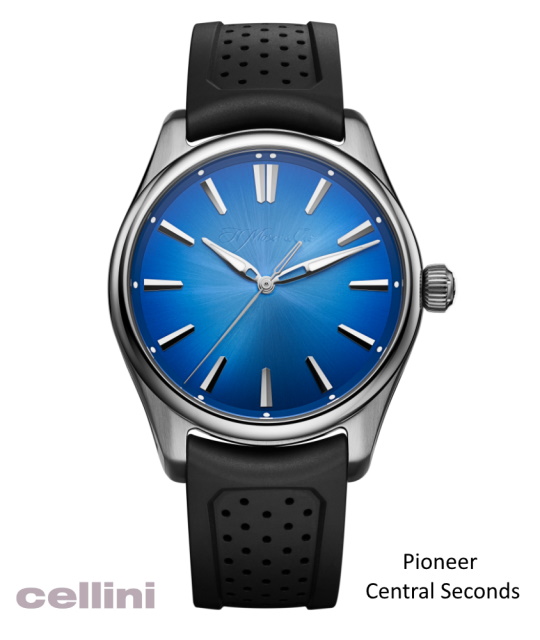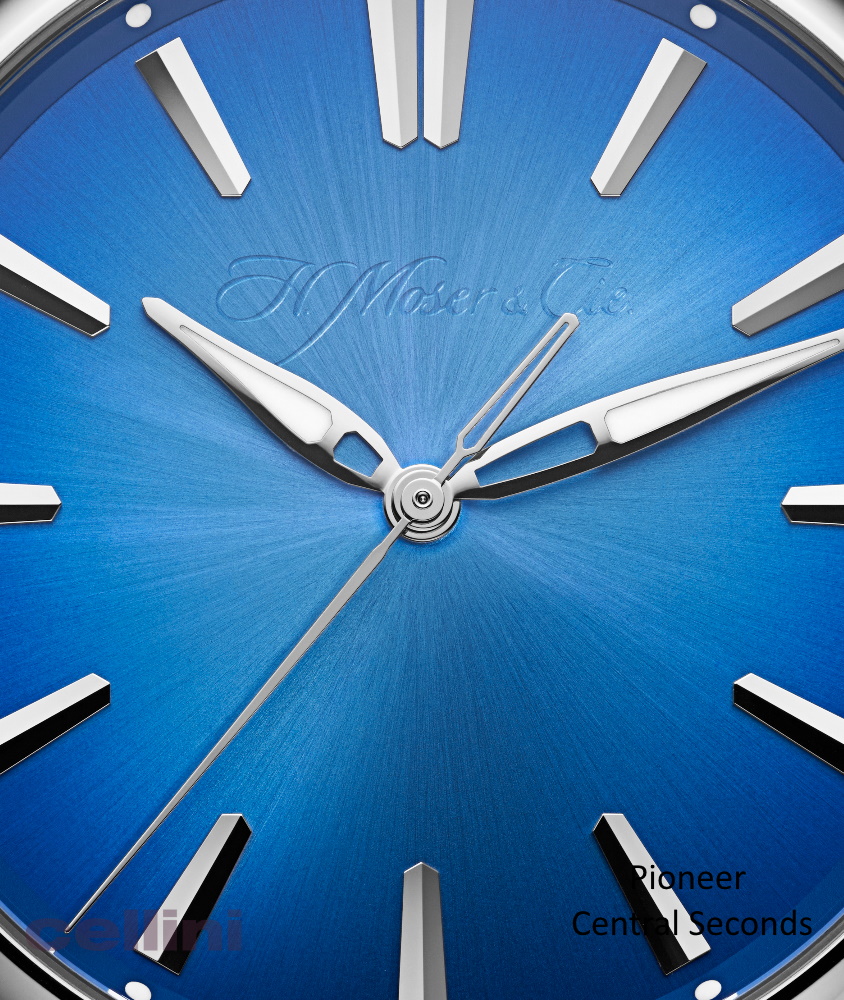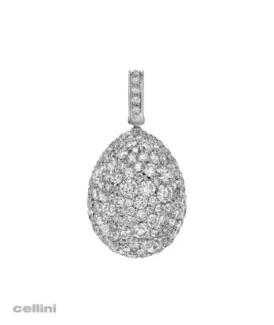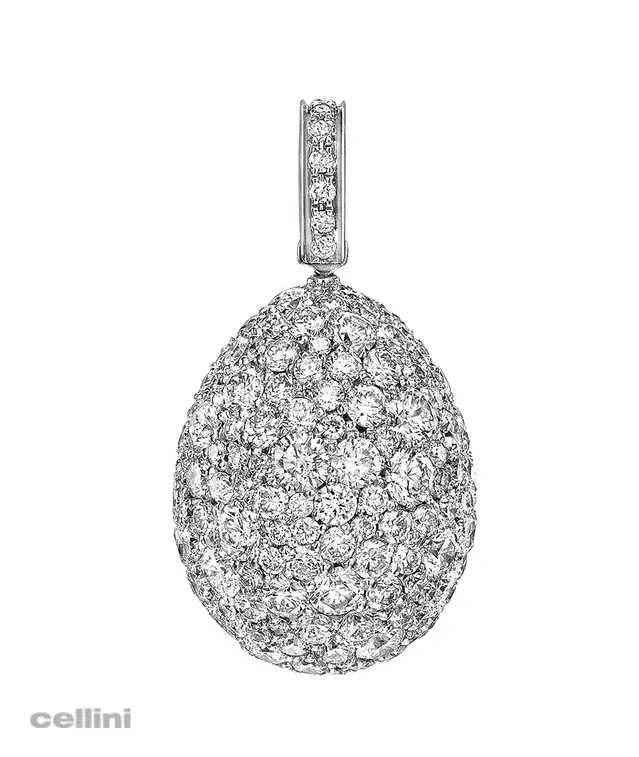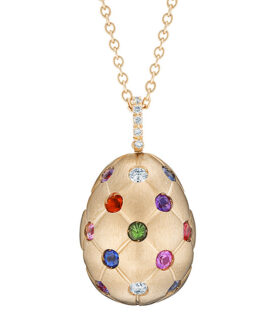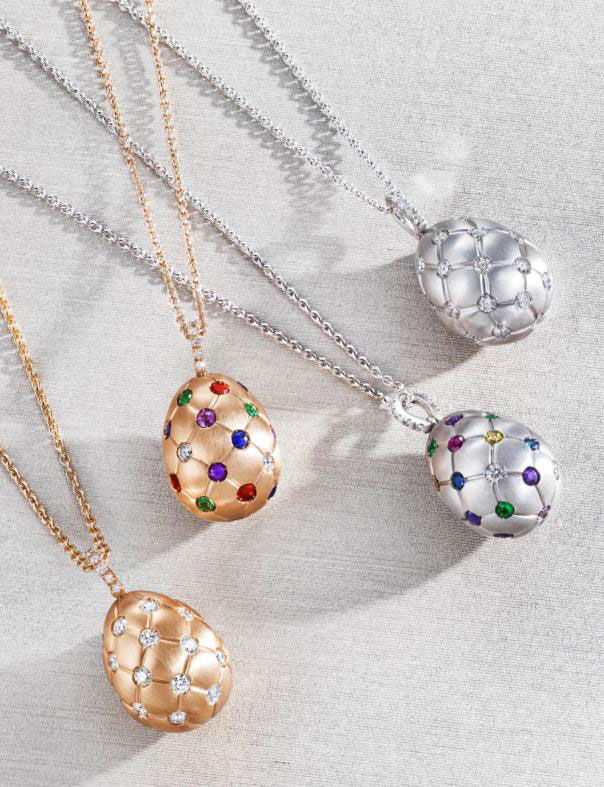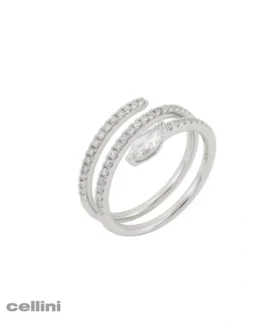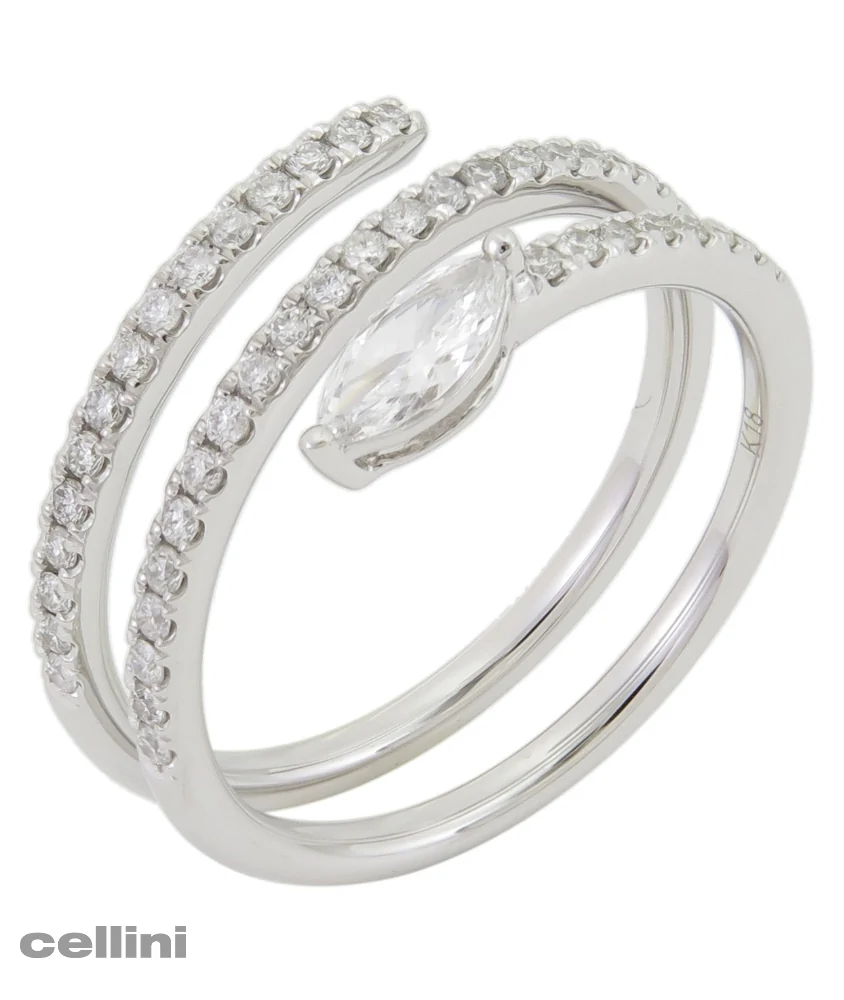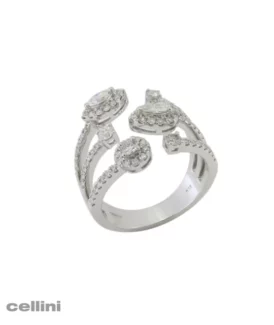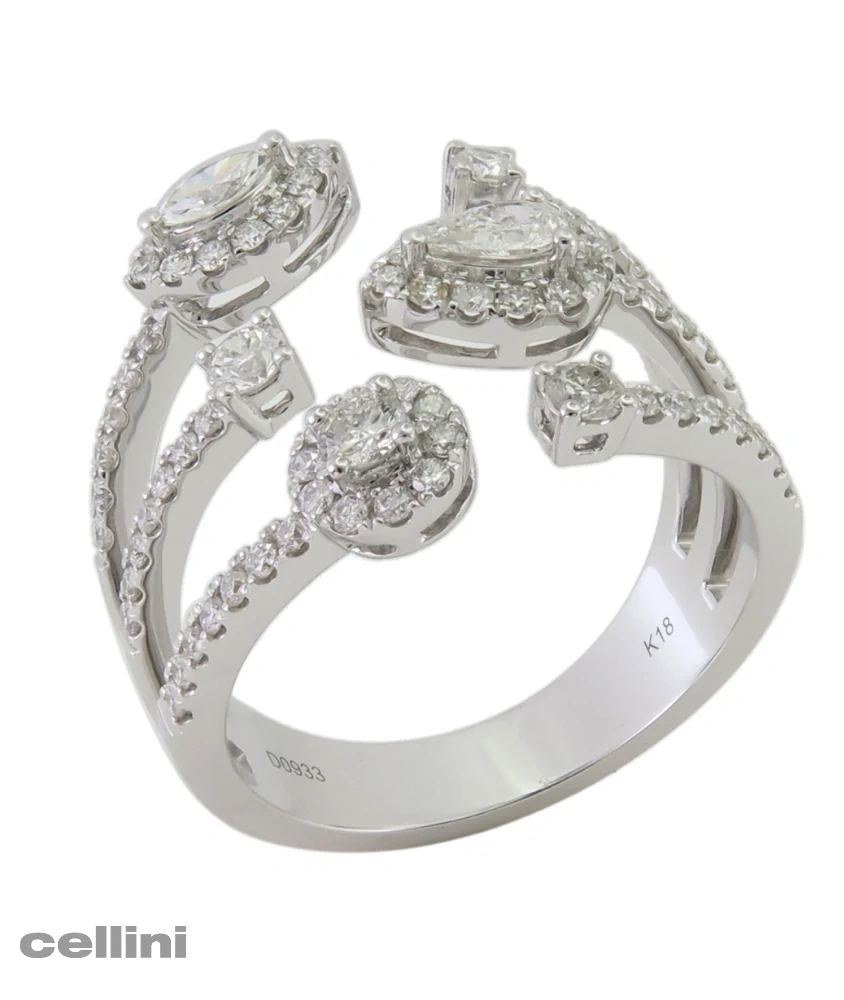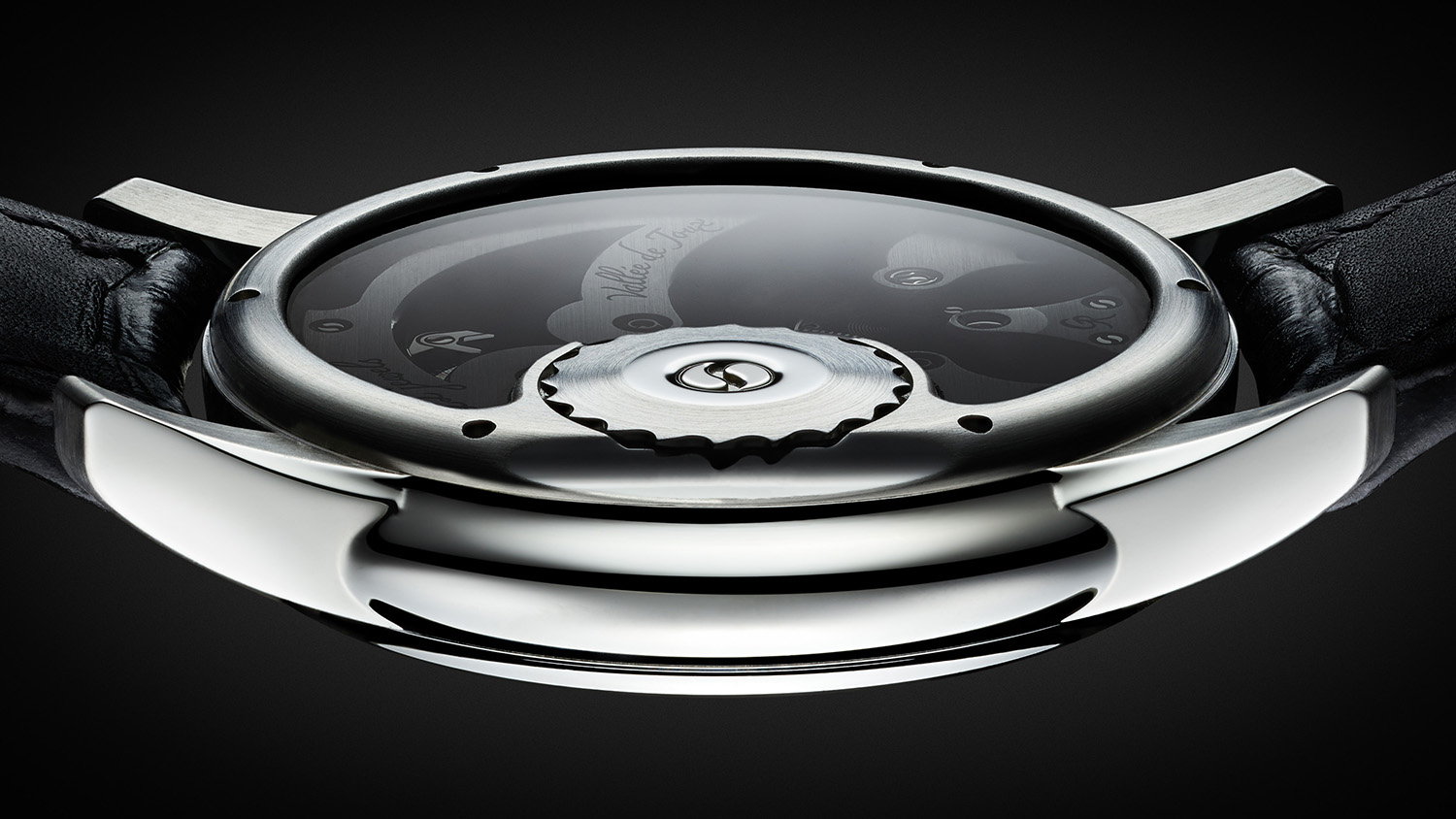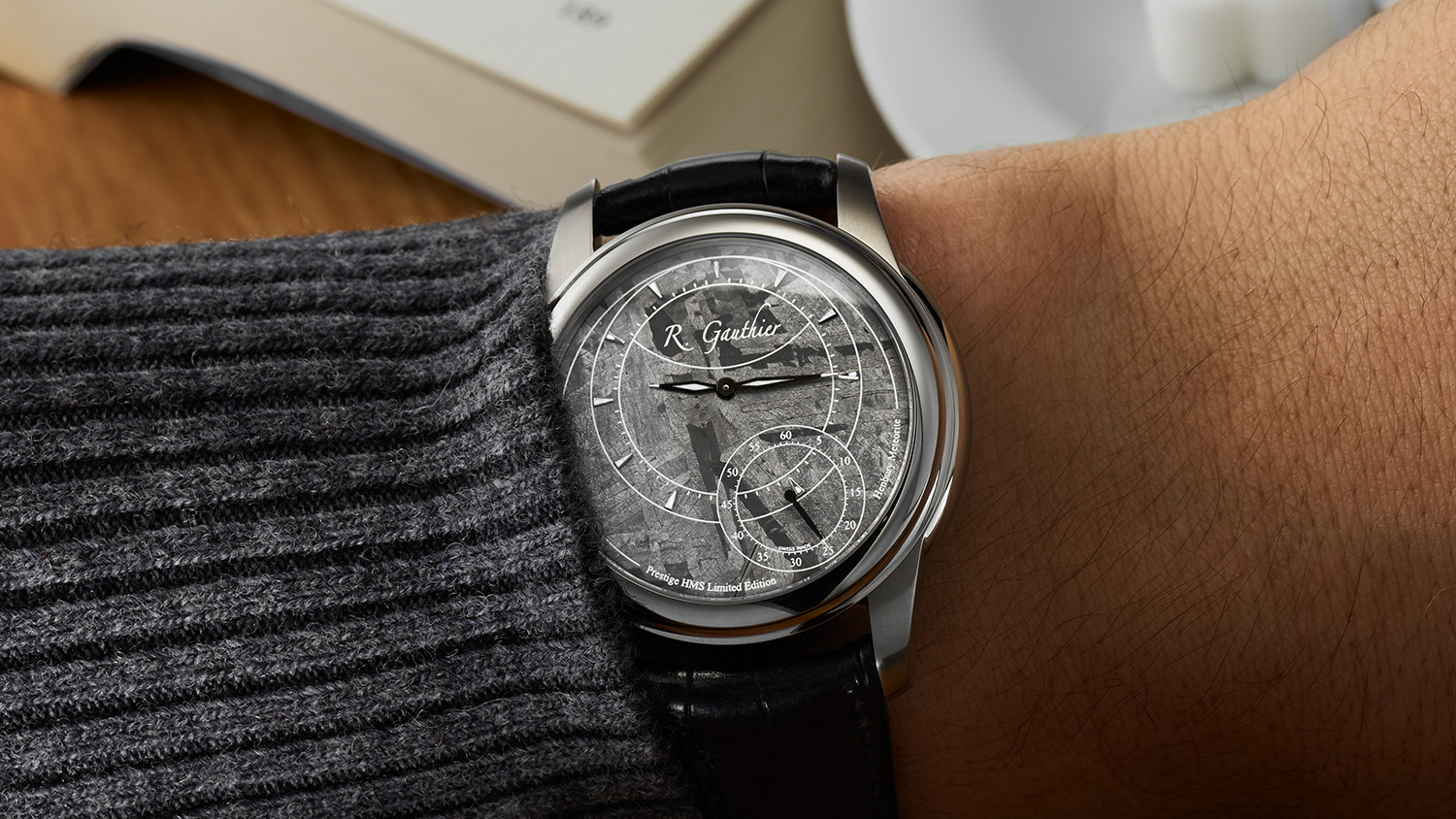
Stellar Meteorite Dial Graces the Prestige HMS Stainless Steel
Prestige HMS Stainless Steel – Romain Gauthier’s first series watch in this material – features a stunning dial crafted from ultra-rare Henbury meteorite boasting exceptionally coarse intersecting bands of nickel-iron crystal that spectacularly shimmer as the wearer turns the watch.
Powering the hour, minute and second indications is the innovatively engineered, superlatively hand-finished in-house Caliber 2206 HMS, on full show through the display back and wound using an ingenious large-diameter crown configured ‘flat’ on the caseback.
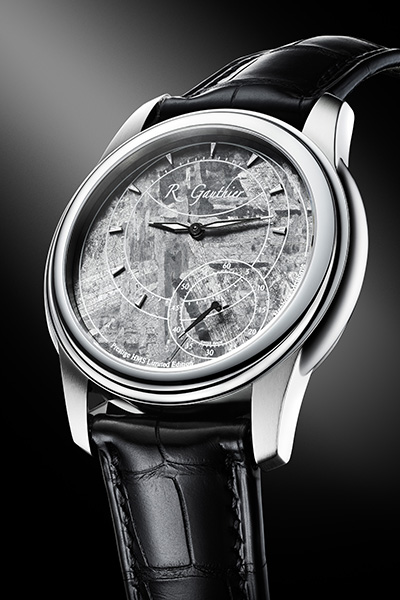
Meteorite Dial: The meteorite used to make the dial is an octahedrite – an iron meteorite – that was discovered in 1931 at the Henbury crater field in the Northern Territory of Australia, one of the country’s best-known meteorite impact sites.
The meteorite looks like a fairly ordinary chunk of grey metal until it is subjected to a nitric acid treatment that reveals intersecting bands of nickel-iron crystal, known as Widmanstätten patterns or Thomson structures. These structures formed during a long period of cooling within the parent asteroid.
To make the dial, a combination of three-axe machining center and electrical discharge machining is used to create a disc of the meteorite that is 33mm in diameter and 0.8mm thick. An anti-corrosion treatment is applied to ensure its appearance will not deteriorate over time.
Indeed, this particular meteorite specimen is extremely rare and it is remarkable for the coarseness of its nickel-iron crystal bands, also called lamellae, producing a really eye-catching Widmanstätten pattern. As the angle at which the observer looks at the dial changes, the many lamellae shimmer, lending the dial a real vivacity.
Gauthier was drawn to this meteorite not least because he grew up in a household surrounded by rocks and minerals collected by his father.
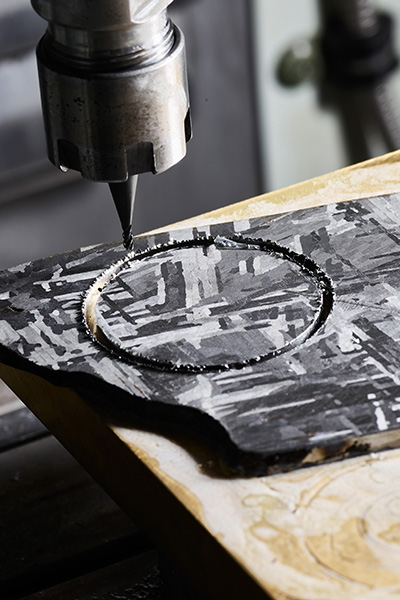
“So when I first set eyes on this meteorite, the size of its crystal bands and the way they reflect the light, I knew that it was something special. It really stood out from the other iron meteorites that we are used to seeing. Immediately my thoughts turned to how I could use it for a special edition timepiece.”
The Indications: The HMS of Prestige HMS stands for hours, minutes and seconds. Hours and minutes are displayed in the large subdial at 12 o’clock, with small seconds at 5 o’clock. This 5 o’clock position makes for an easy reading of time: Once the wearer reads the hour-minute subdial, their eye is then naturally drawn to the seconds display.
Readability doesn’t stop there. The hands are all in blackened steel, with the hour-minute hands Super-LumiNova-filled to stand out against the shimmering meteorite backdrop, while the white gold applique hour markers also feature this lume for greater legibility at night.
Steel Case: Given the ferrous content of the meteorite dial, Romain thought it made perfect sense to pair the dial with a case also made from a ferrous substance – stainless steel – the first time the watchmaker has created a series watch in this material.
The 43mm case is distinguished by pure, clean, unbroken lines around its full perimeter. It is the absence of a ‘normal’ crown protruding at 3 o’clock that signals something special might be going on around the back of the watch.
Flat Crown: Indeed, Prestige HMS is wound using a ‘flat’ crown on the caseback. This increases winding efficiency because, unlike a traditional caseband crown, energy need not be transmitted through 90 degrees. The large diameter and undulating profile of the crown enable effortless winding, even while on the wrist.
The crown is pulled out for time-setting. The crown system features a tiny ceramic ball and rubber spring. This combination handles the radial and axial forces exerted during winding and time-setting better than a conventional crown spring would, while the ceramic used for the ball is resistant to wear and reduces friction for smooth functioning. Two O-ring seals – one of which is oversized – provide the necessary waterproofing and dust protection, especially when the crown is pulled out to set the time.
Contrasting finishes have been applied to enhance the stainless steel case: The bezel and caseband are sumptuously polished, while the caseback, crown and front and back of the lugs bear a subtle sheen, having been satin finished.
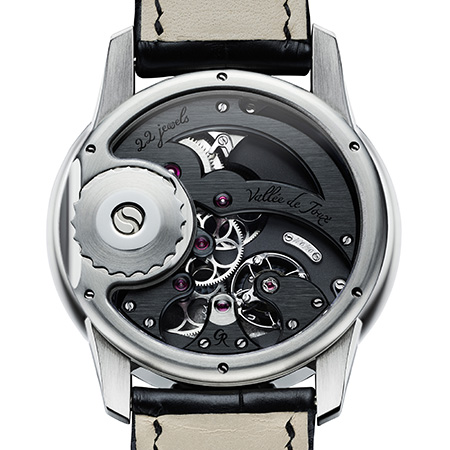
Superlative Hand-Finishing: The movement adheres to the watchmaking tradition of Romain’s native Vallée de Joux by mainly having one mobile for each bridge (a mobile being a gear on a pinion or shaft). These finger bridges feature polished, rounded bevels that have been meticulously created by hand, as well as hand-chamfered and hand-polished jewel countersinks.
The bridges and mainplate are black NAC-treated, but the straight-graining on the bridges makes them stand out against the hand-frosted mainplate, while the black NAC sets off the rhodium-treated, circular-grained gears. The gear recesses and backs of the bridges are spotted, while there is snailing on both sides of the mainspring barrel. In total, as many as 60 hours have been devoted to hand-decorating the movement, even those components that are not visible.
The movement architecture is such that the observer can even see through the components to glimpse the disc of meteorite forming the dial.

